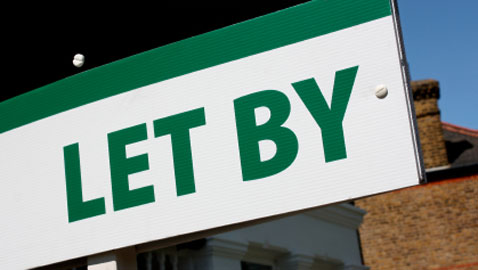Move with Us has launched a new Rental Index aimed at institutional and professional investors who are looking to get the highest yields on their property investments.
The report allows investors to track rental pricing trends in different regions and provides evidence to help make informed investment decisions and fully evaluate the performance of property portfolios.
The index is based on a weekly snapshot of over 150,000 rental properties advertised on major portals across 11 regions in the UK covering England, Wales and Scotland.
It found that average rents fell slightly early in Q3, before recovering in September. Prices remain at around £970, a slight decline from the Q2 average. Over the last 12 months, prices have increased by 2%, adding around £20 per month to the average rent.
“The index confirms a consistent and increasing demand for rented properties across all regions,” said Robin King, director, Move with Us.
“Many aspiring homeowners struggle to qualify for mortgages which is leading to increased demand in the rental sector. These long-term renters are demanding higher quality accommodation and look to stay for much longer than we have previously seen.”
Over the past 15 months, London has seen large fluctuations in rents including a period of price inflation in the lead up to the Olympics. Rental prices are still more than twice the national average but have fallen back to more affordable levels in Q3. The last quarter has seen London rental prices stabilise at around £2,270 after falling from an Olympic induced high of £2,411 in June. They now appear to be recovering from this setback as rents increased by 0.2% in the last two months of the quarter.
Yorkshire and Humber has one of the lowest and most stable average advertised rental rates in Great Britain, so a 7% increase in rents was unexpected. The average rent is now closer to the rest of the North and Midlands, at around £602 per month, compared to £559 at the beginning of the quarter.
King added: “Yorkshire and Humber is an area to watch, with what seems to be a surge in demand for rented accommodation in an area largely associated with home ownership. This resulted in rents increasing by 7% in the last quarter. Alternatively, rents may just be catching up with those in surrounding areas.”
















